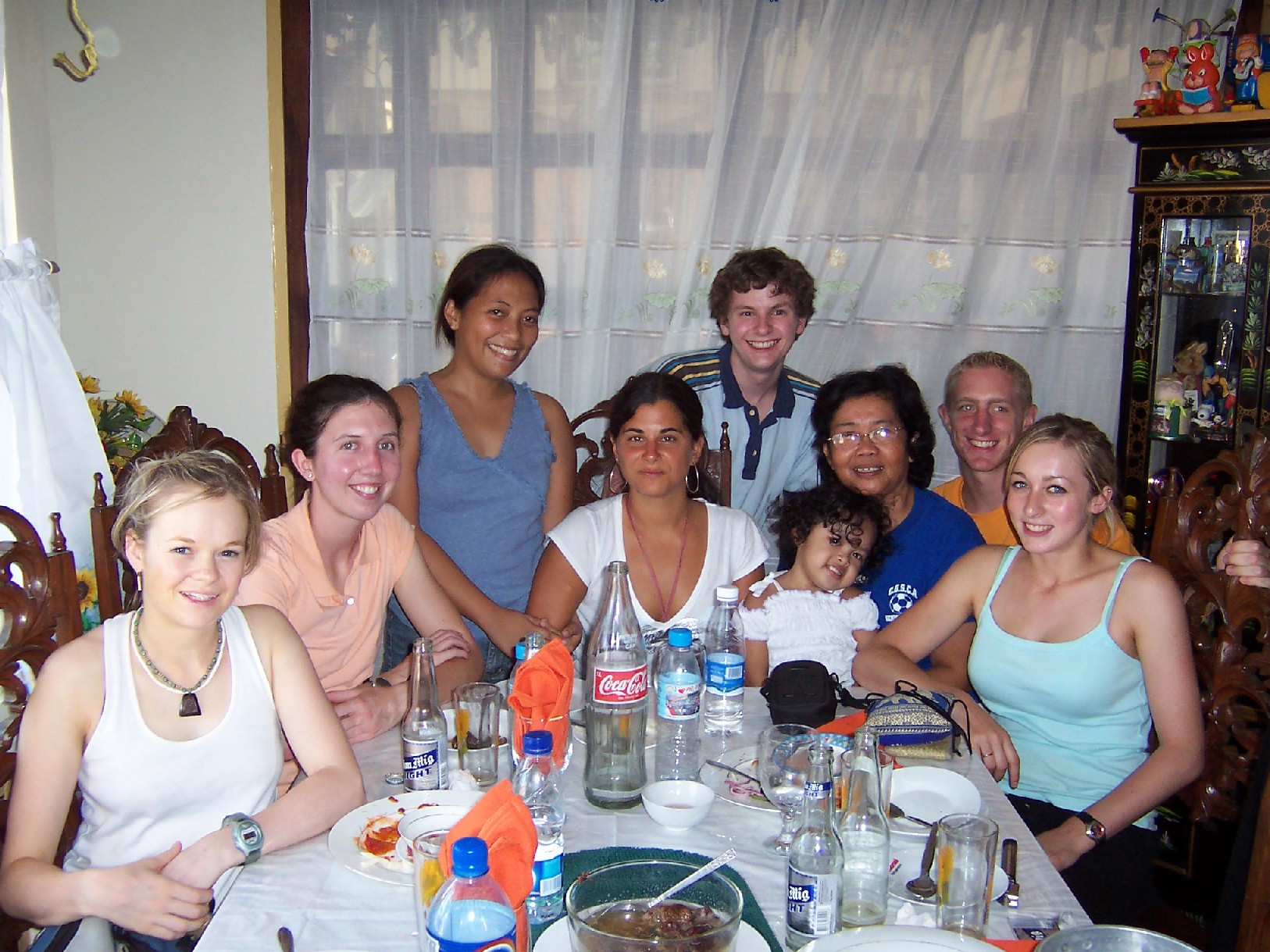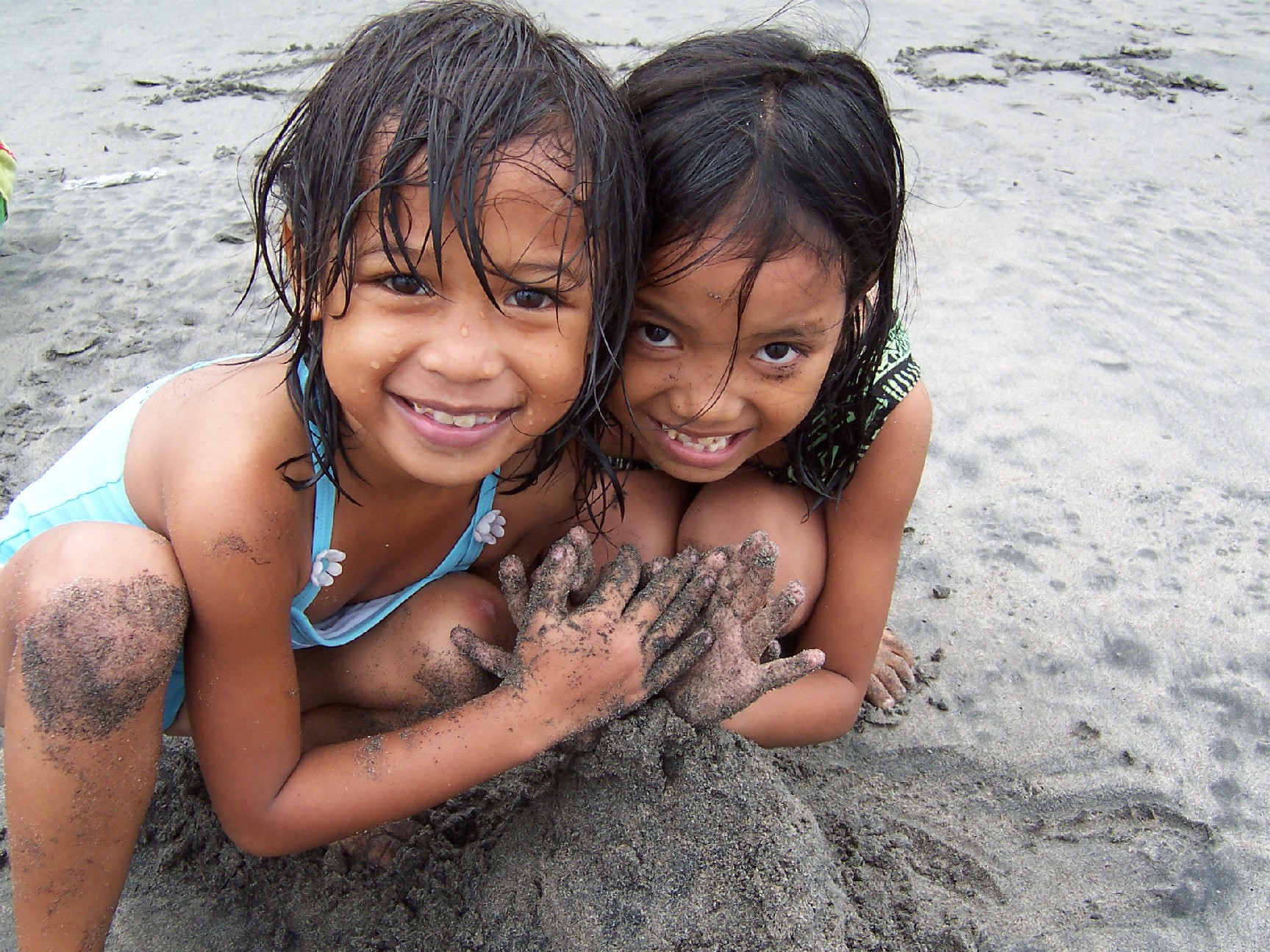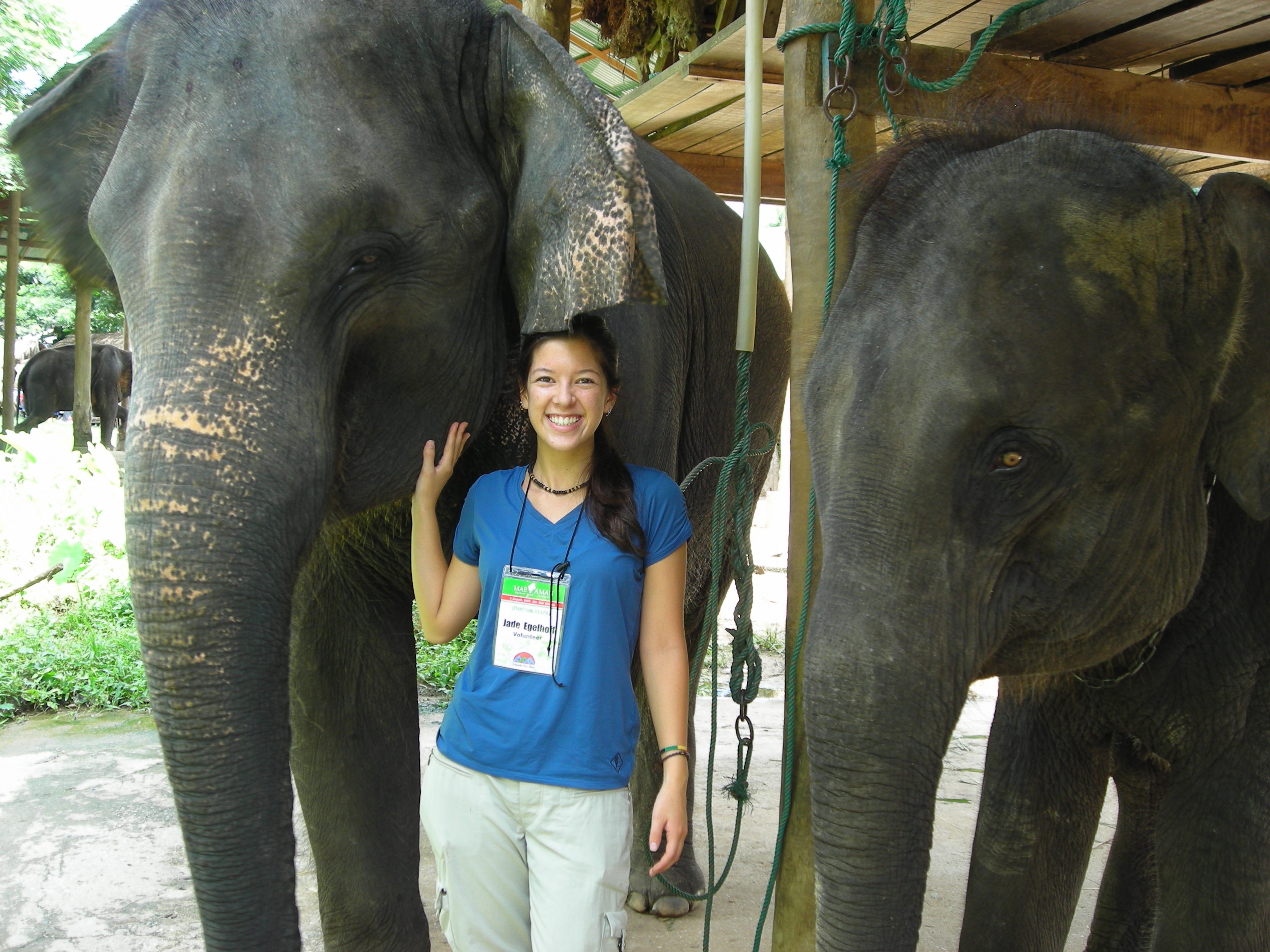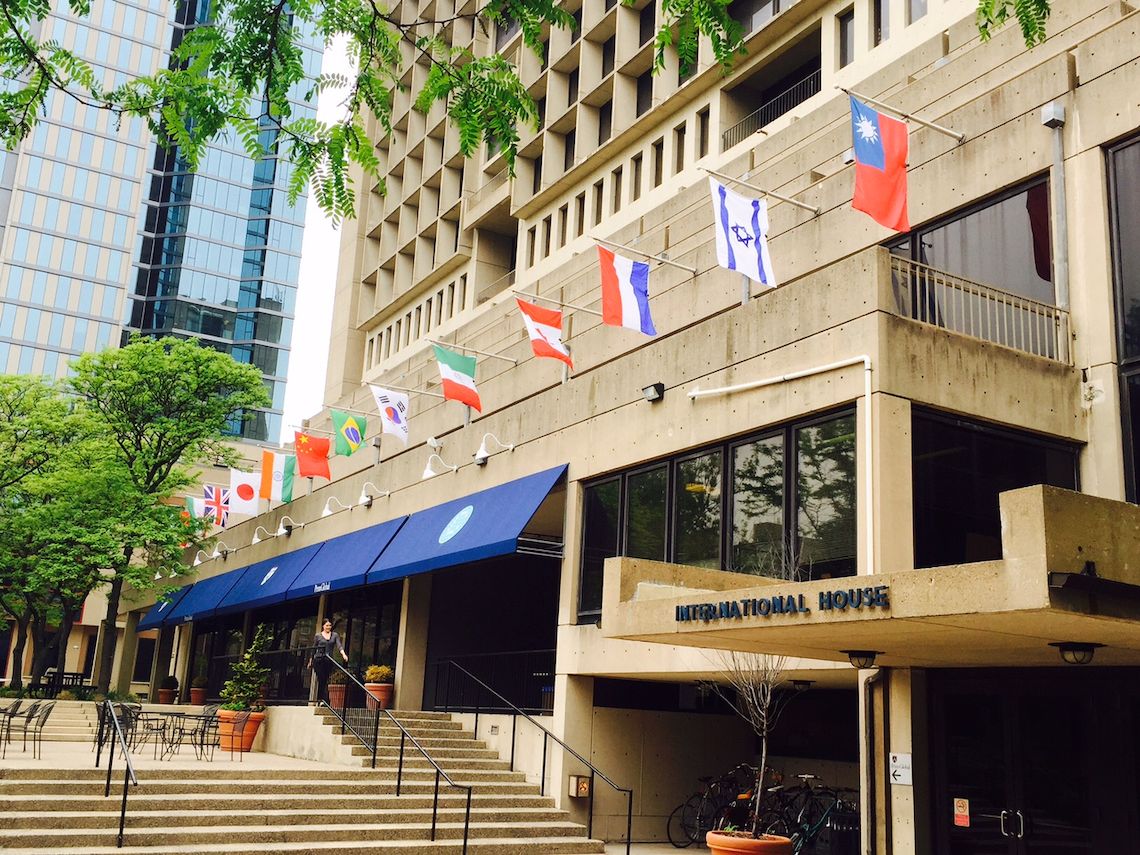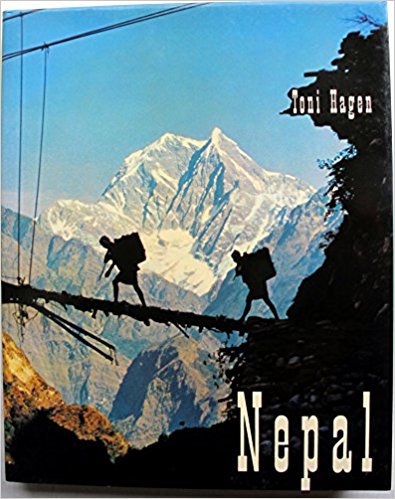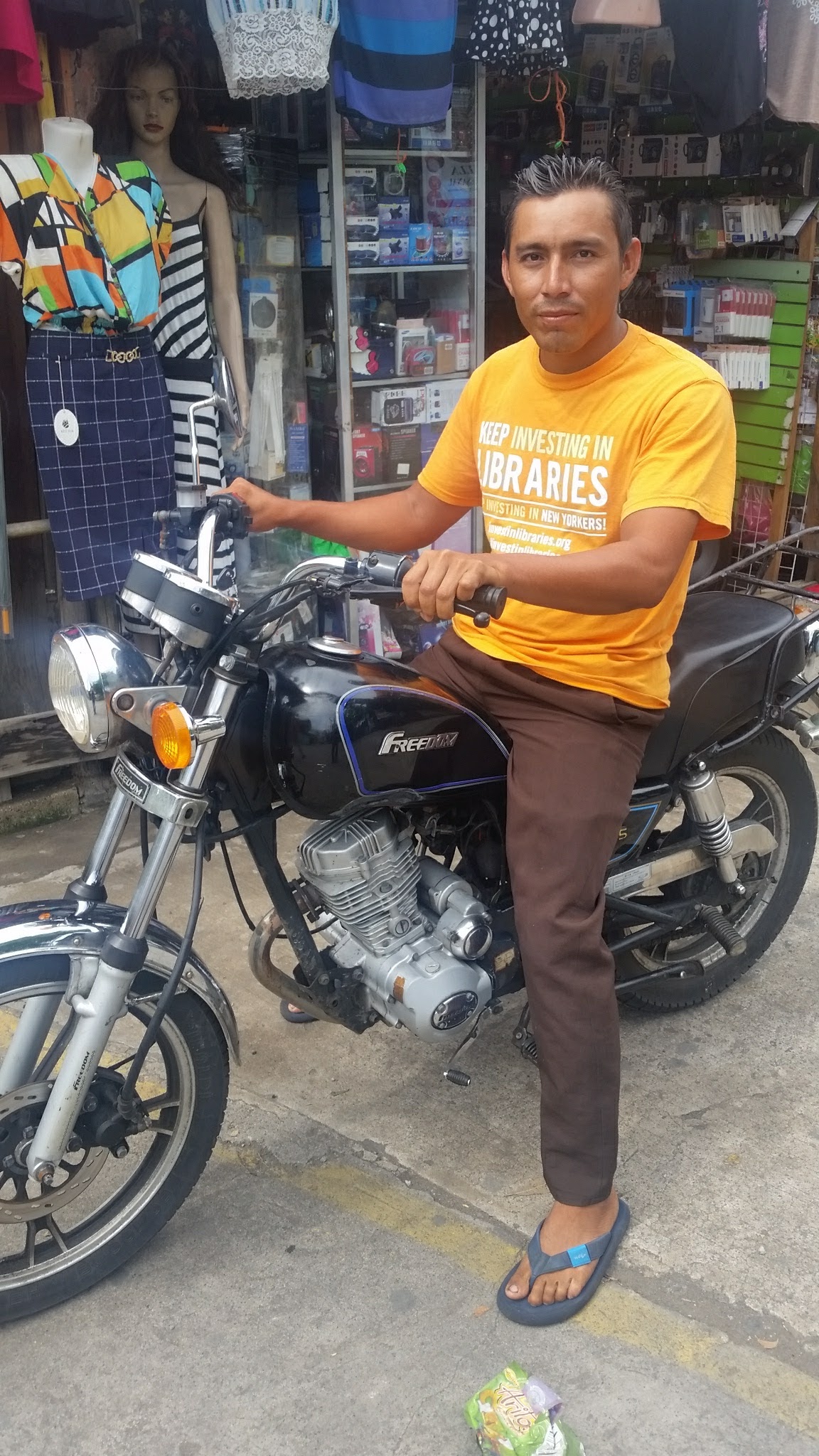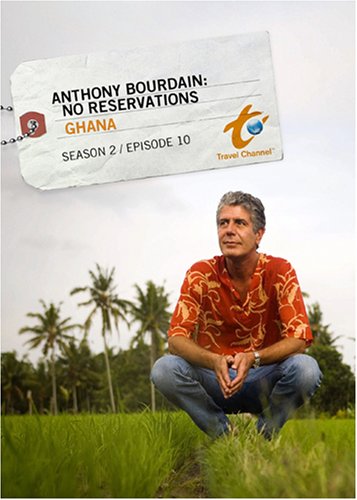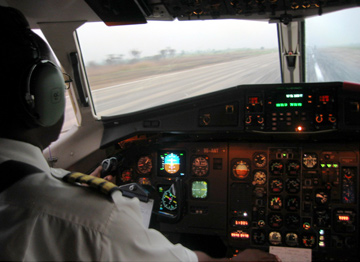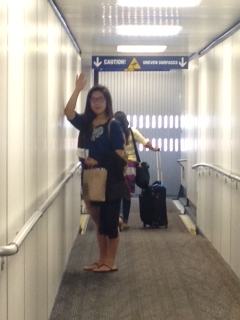Kathryn Kirk, from Hawthorndene in South Australia, volunteered with Lisa Crannage at an orphanage in the Philippines in Tacloban City for two weeks. Kathryn wrote to us about her volunteer experience:
Dear Cosmic,
Hi, sorry it has taken me so long to get back to you about our trip. We have only been home a couple of weeks, and it has been so hectic with uni and work.
Once again I had a fantastic time and have memories that I will treasure forever. Our program coordinator Ethel was so friendly and helpful and the team over there, as well as our lovely host family went out of their way to make sure we were comfortable.
Working at the orphanage was another touching experience. The conditions we worked in were not what we had expected, however we are so grateful anyhow. At the beginning it was a huge shock because the children were in very bad health conditions i.e. extreme malnutrition, iron deficiencies, worms, head lice, tuberculosis, chicken pox, scabies etc.
So initially we were so cautious and worried about picking up something. However after a few days we adjusted and were able to help out alot by teaching the children English and math. I was so happy to see them learn and develop their skills because all of them were so far behind.
Our Coordinators were great in that they organised days off for us and took us out of the city to some beaches, and sightseeing around other islands.
I will definitely be volunteering again in the future because it gives me the opportunity to experience another culture in a meaningful way, plus I learn so much and meet some amazing people.
Thanks again Cosmic Volunteers for organising another unforgettable volunteering experience.
Photos from Kathryn Volunteering in the Philippines:



